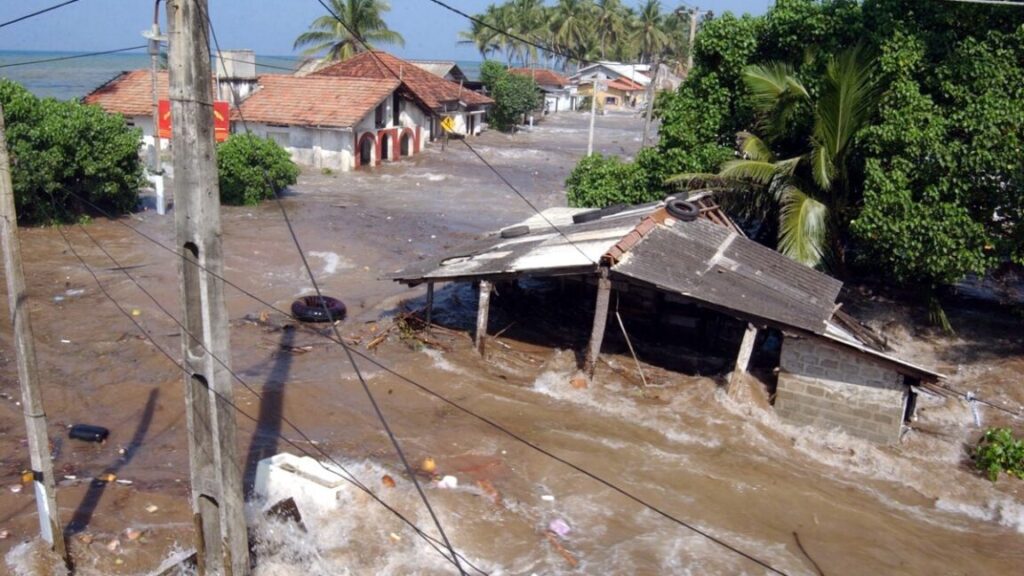After Russian ship docks to space station, astronauts report a foul smell
Russian space program faces ongoing challenges
Zak reported that the cosmonauts aboard the Russian segment of the station donned protective equipment, and activated an extra air-scrubbing system aboard their side of the facility. On the US segment of the station, NASA astronaut Don Pettit said he smelled something akin to “spray paint.”
As of Sunday afternoon, NASA said there were no concerns for the crew, and that astronauts were working to open the hatch between the Poisk module and the Progress spacecraft. Attached to the space station in 2009, Poisk is a small element that connects to one of four docking ports on the Russian segment of the station.
It was not immediately clear what caused the foul odor to emanate from the Progress vehicle, however previous Russian vehicles have had leaks while in space. Most recently, in February 2023, a Progress vehicle attached to the station lost pressurization in its cooling system.
Facing financial and staffing pressures due to the ongoing Russian war against Ukraine, the main Russian space corporation, Roscosmos, has faced a series of technical problems as it has sought to fly people and supplies to the International Space Station in recent years.
After Russian ship docks to space station, astronauts report a foul smell Read More »


















